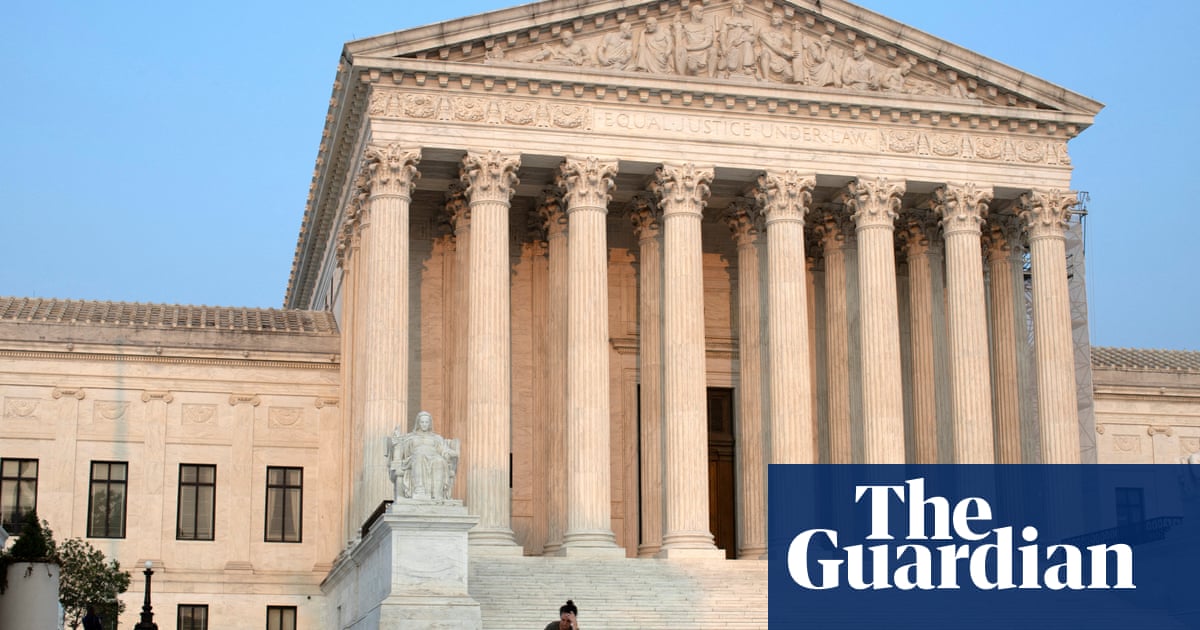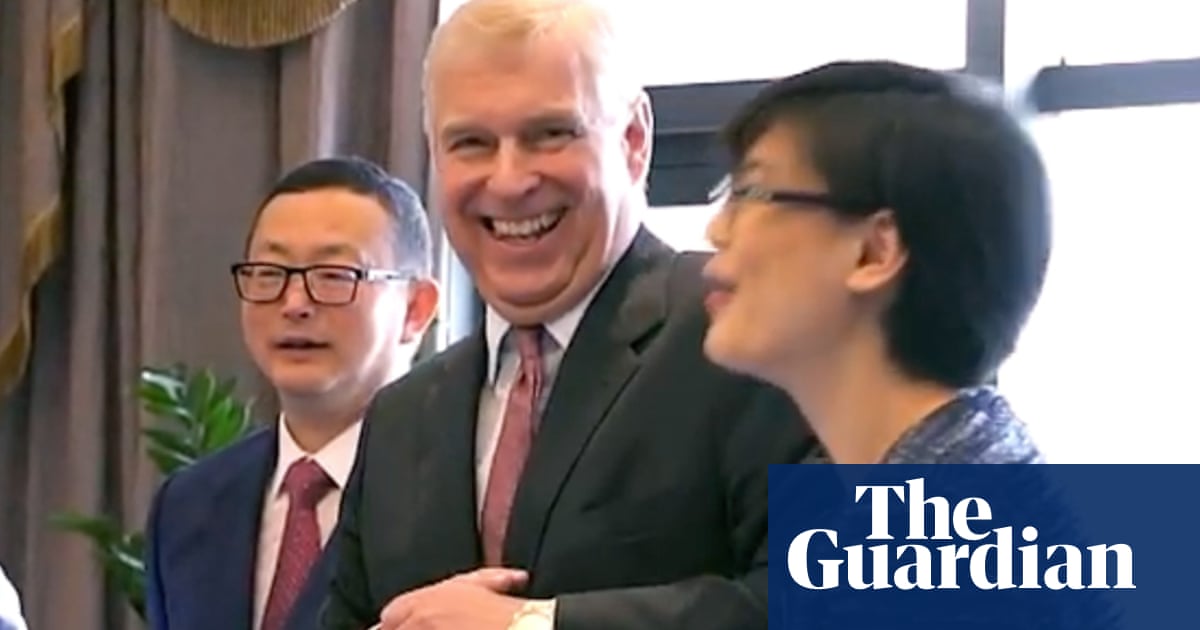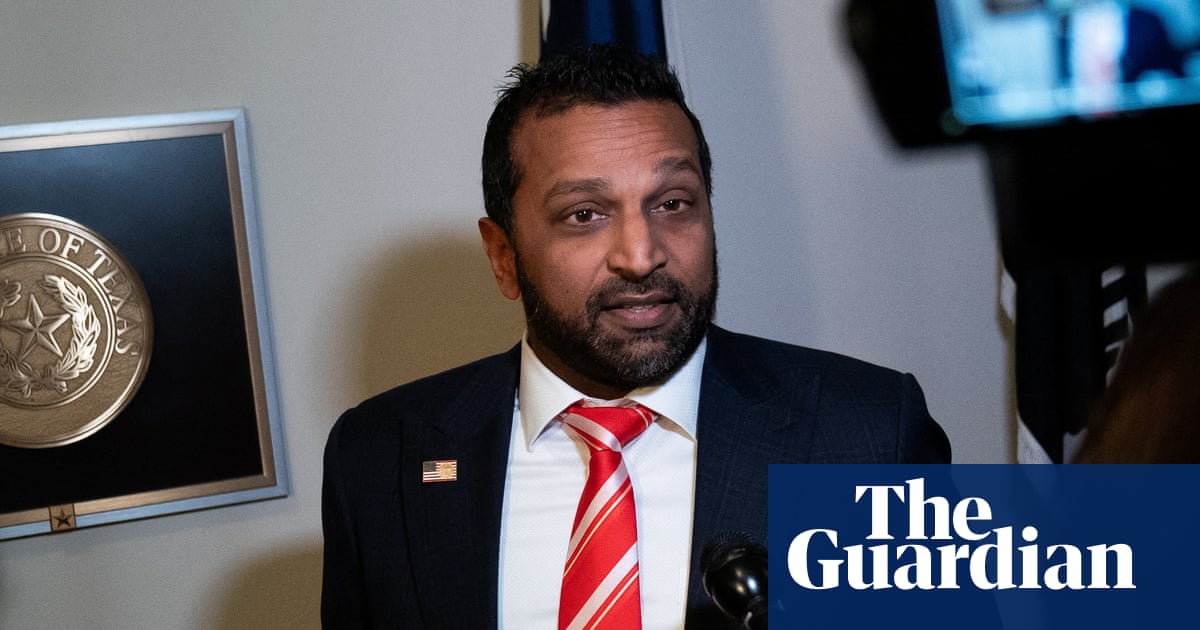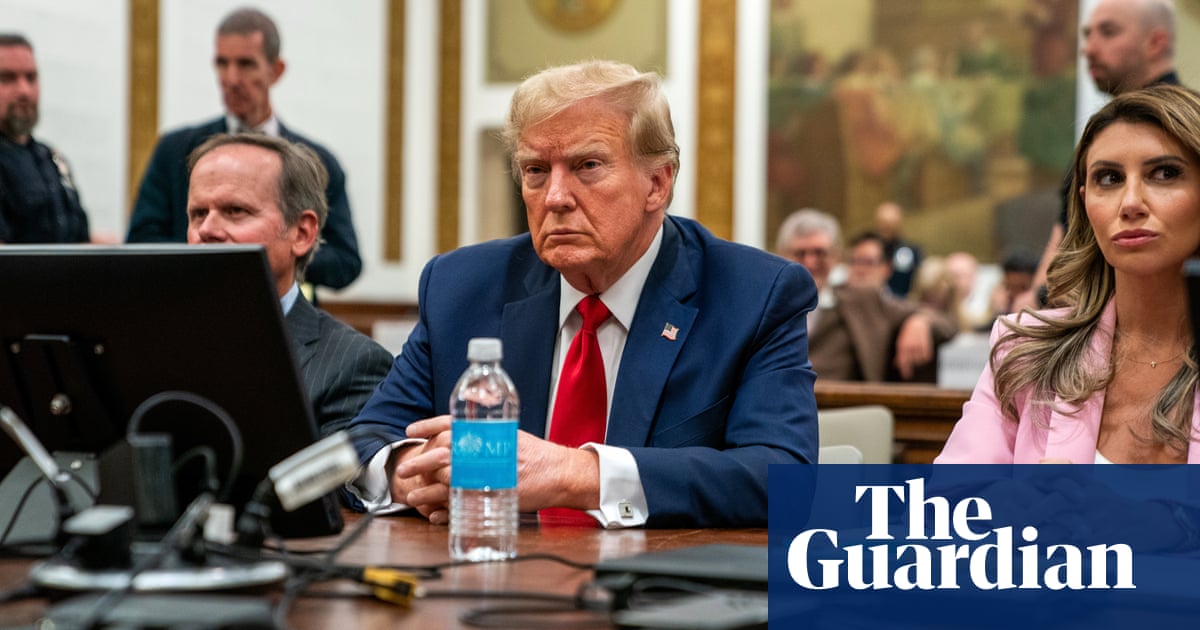From high above the Thames, the distinctive portals of the new Silvertown tunnel are clearly visible: a black arch on the North Greenwich peninsula, a green conical building a mile across the water in Newham.
On Monday, tens of thousands of cars and lorries will start passing between them, almost directly below the cable car built by Boris Johnson, as if on a mysterious ley line that induces London mayors to embark on unloved transport projects.
The Silvertown tunnel, a 0.9-mile, £2.2bn project in what is already one of the most polluted parts of the capital, does not appear an obvious choice to be championed by the occupant of City Hall, Sadiq Khan – better known for expanding the ultra-low emission zone (Ulez) to improve air quality.
But the quest for better crossriver links east of the City has rarely found ideal solutions, from the Woolwich ferry to the long-delayed Lower Thames Crossing mega-project. And at this point on the river, the Silvertown link will, Transport for London (TfL) says, take the pressure off the semi-adjacent, traffic-choked Blackwall tunnel, and ease pollution by tackling daily 20-minute queues to cross the Thames, for buses as well as cars.
About 100,000 vehicles use Blackwall daily; about 25,000 are expected to go through Silvertown after it opens on 7 April. Transport campaigners have long maintained that any new road simply grows traffic – and TfL agrees that, without the imposition of tolls, Silvertown would divert many drivers who use the Dartford crossing.
This is a 1990s project that’s coming to fruition 30 years later
Now, Silvertown and the hitherto free Blackwall tunnel will charge cars up to £4 each trip. Discounts are available outside peak hours for motorists who register for TfL’s automatic payment system, with low-income residents and traders eligible for further reductions. Nonetheless, while the mayor has highlighted the inequity of the links across the Thames in east London compared with the affluent west, it is only in the poorer boroughs that drivers pay to cross.

TfL expects to generate more than £100m a year in tolls – enough to pay off the private finance initiative (PFI) building, operation and maintenance contract awarded to the Riverlinx consortium over a 25-year term. Yet it says the primary reason is to control the traffic otherwise lured to a free-flowing tunnel, rather than being deterred by congestion.
The logic appears murky to local opponents, and even the pronouncements by the mayor and his team appear ambivalent: heralding the positives of the tunnel while keen to stress that the plans were drawn up under his predecessor, Johnson.
Unusually, Silvertown has been delivered on time and on budget. Khan said it will “transform travel in the south and east of our city, particularly across the River Thames.
“It means faster, more reliable journey times for thousands of Londoners, reduced congestion and improved air quality, with enhanced public transport links through zero-emission cross-river buses.”
He added: “The original plans for the Silvertown tunnel were developed in 2012. We made a series of significant improvements to make the scheme greener and to include a package of measures to support Londoners, local residents and businesses.
“This includes ensuring there are discounts and concessions in place, and reserving, for the first time ever, a lane for zero-emission doubledecker buses and an innovative free cycle-shuttle service, which will encourage more people to switch to greener modes of transport.”
It is the kind of breezy claim that has enraged opponents: while the £2m cycle-shuttle or bike-bus service will be free to use for the first year, the tunnel opens up a new route for bigger lorries that were unable to use the Blackwall tunnel. And those HGVs will, in fact, be sharing the bus lane.

Tolls will not apply to any vehicle after 10pm. Victoria Rance, founder of the Stop the Silvertown Tunnel Coalition, said: “There’s no 24-hour crossing for bikes east of Tower Bridge. Then you think what they’re doing for HGVs – a free night-time crossing. They’re incentivising HGVs at night, when we are trying to sleep.”
Rance had ridden her e-bike up the extended accessible zigzag ramps of the pedestrian bridge at Boord Street on the Greenwich peninsula, a new yellow steel-mesh structure big enough to span the new roads on the south side of the tunnels. Those living in the housing developments to the west are now separated by 10 lanes of traffic from the schools across the road.
From this vantage point, the concerns of all become clearer. Even in the middle of the day, traffic is queueing; but this side of the road has, until now, been off limits to bigger lorries, Rance said. The northbound Blackwall tunnel, a late-Victorian construction, has a height restriction of 13ft (4m); lorries, however, are regularly emerging from the bigger southbound tunnel, added 70 years later in 1967.
after newsletter promotion
From Monday, though, HGVs can come this way via the neighbouring Silvertown tunnel to cross northbound. “Once it becomes both ways, it’s their new route,” Rance said. “The pollution is horrendous already. And they come bombing along, it’s so dangerous.”
Rance admits to feeling guilty about the air her own, now young adult, children breathed in living next to the A102: “I admire Sadiq Khan for the Ulez but this is just so retrograde,” she said. “All across Europe they are building infrastructure for trams, cycles and buses. This is a 1990s project that’s coming to fruition 30 years later.”

TfL counters that lorries in London are cleaner and safer than before – the tunnels lie within the Ulez, and HGVs have to comply with its Safer Lorry Scheme. Roadside monitoring is promised and, according to TfL’s director of investment delivery planning, David Rowe: “Our assessment showed there’s an overall improvement in air quality – and we legally committed to ensure that happened.”
Rowe added: “If we were just building a road tunnel, we would expect it to induce traffic. That’s why part of the process was to get the powers to introduce user-charging, as well as the introduction of the new bus services.”
Doubledeckers will be able to cross in the tunnel, allowing another link in the Superloop express service, and buses here will be zero-emission and free for the first year. Electric taxis and minicabs will be exempt from tolls.
“I can understand why people would have concerns about what might happen in terms of additional HGVs, but that is absolutely not the case,” Rowe said. “We’ve set these charges at the level required [£10 per lorry] to ensure that we don’t induce additional traffic.”
For campaigner Dominic Leggett, it doesn’t add up: “What TfL need to show is, given a toll on Blackwall, adding the tolled Silvertown tunnel leads to quantifiably better economic and environmental outcomes – outcomes worth spending billions on.”
Despite requests, he said: “They’ve never done this. There would be no reason not to if they could actually show any substantial benefits. So we presume they can’t.”
Some independent experts are enthusiastic. “Contrast it with the failure of three levels of government to sort out Hammersmith bridge, it’s a triumph of public procurement, ingenuity and delivery,” says professor Tony Travers, director of LSE London. “Nobody thinks road building is a great idea these days – but that shouldn’t be absolutist.
“This will improve public transport as well to parts of London that are still relatively poor; it’s an economic opportunity. A piece of infrastructure that can pay for itself via charges or tolls makes sense.”

.png) 7 hours ago
2
7 hours ago
2













































